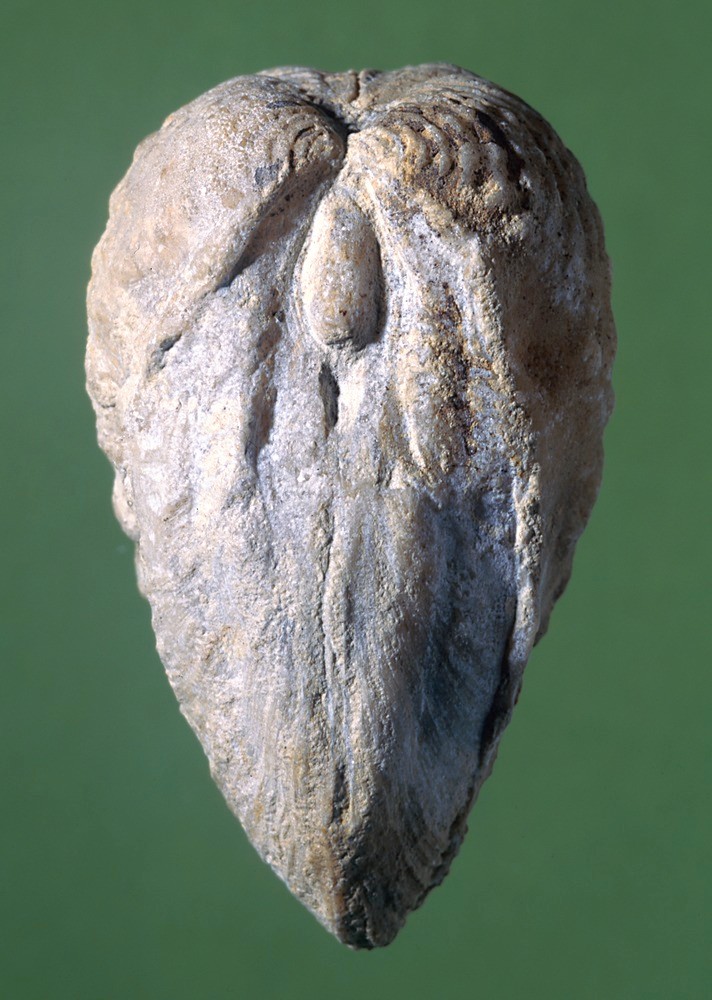| P number: | P549449 |
|---|---|
| Caption: | Laevitrigonia gibbosa, a fossil bivalve. |
| Description: | Laevitrigonia ranges from the late Jurassic to late Cretaceous (about 65 to 150 million years ago) and it is found over much of the world. Whereas the two valves of many species of bivalve vary considerably in size and shape, in some species the two valves are almost mirror images. Such is the case of Laevitrigonia gibbosa. Laevitrigonia gibbosa has an ovate, inequilateral shell. The shell ornament is rather subdued, comprising weak, irregular ribs, broken up into a series of nodes, which stop at an elongate depression extending across the flank of the shell. The flattened area near the umbones (escutchons) is almost smooth (although growth lines are present). Bivalves are molluscs that first evolved over 500 million years ago during the middle of the Cambrian period. They flourished during the Mesozoic (particularly the Jurassic and Cretaceous) and in the Cainozoic eras. They are abundant in the modern seas and dead shells are often found in the beach sands around the world. The early bivalves are associated with marine palaeoenvironments, but they later colonised brackish and fresh waters. As they are so common in modern times, their mode of life can be extrapolated back into the geological past and used in palaeoenvironmental reconstructions. |
| Photographer: | Unknown |
| Copyright statement: | NERC |
| Orientation: | Portrait |
| Size: | 408.43 KB; 712 x 1000 pixels; 60 x 85 mm (print at 300 DPI); 188 x 265 mm (screen at 96 DPI); |
| Average Rating: | Not yet rated |
| Categories: | Best of BGS Images/ Fossils |
Reviews
There is currently no feedback

